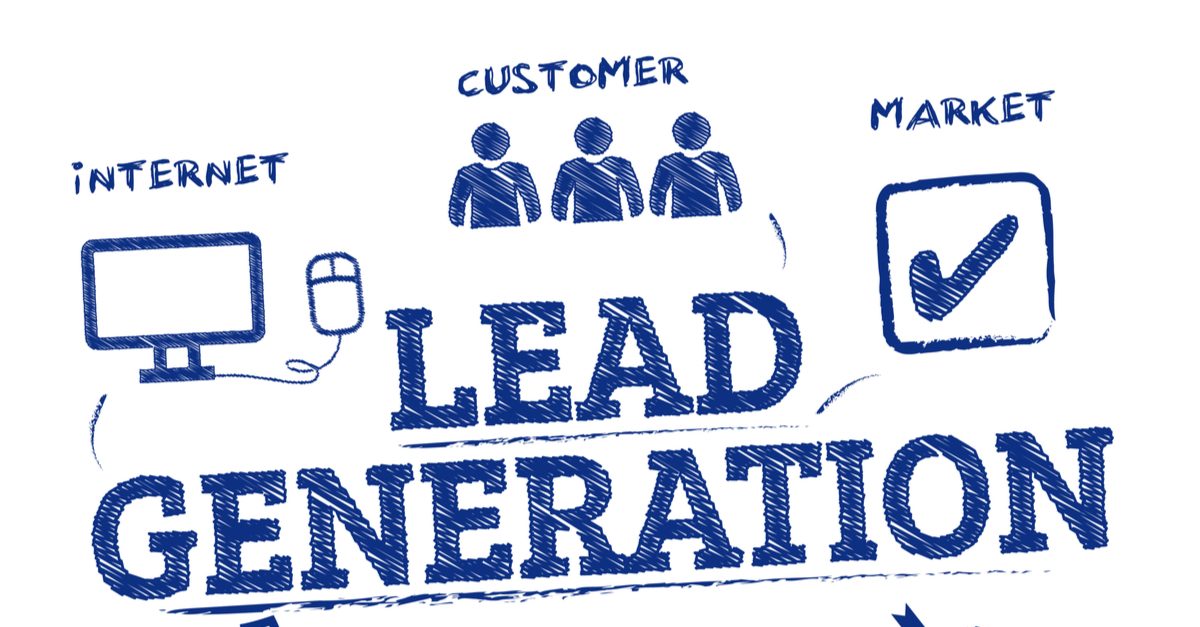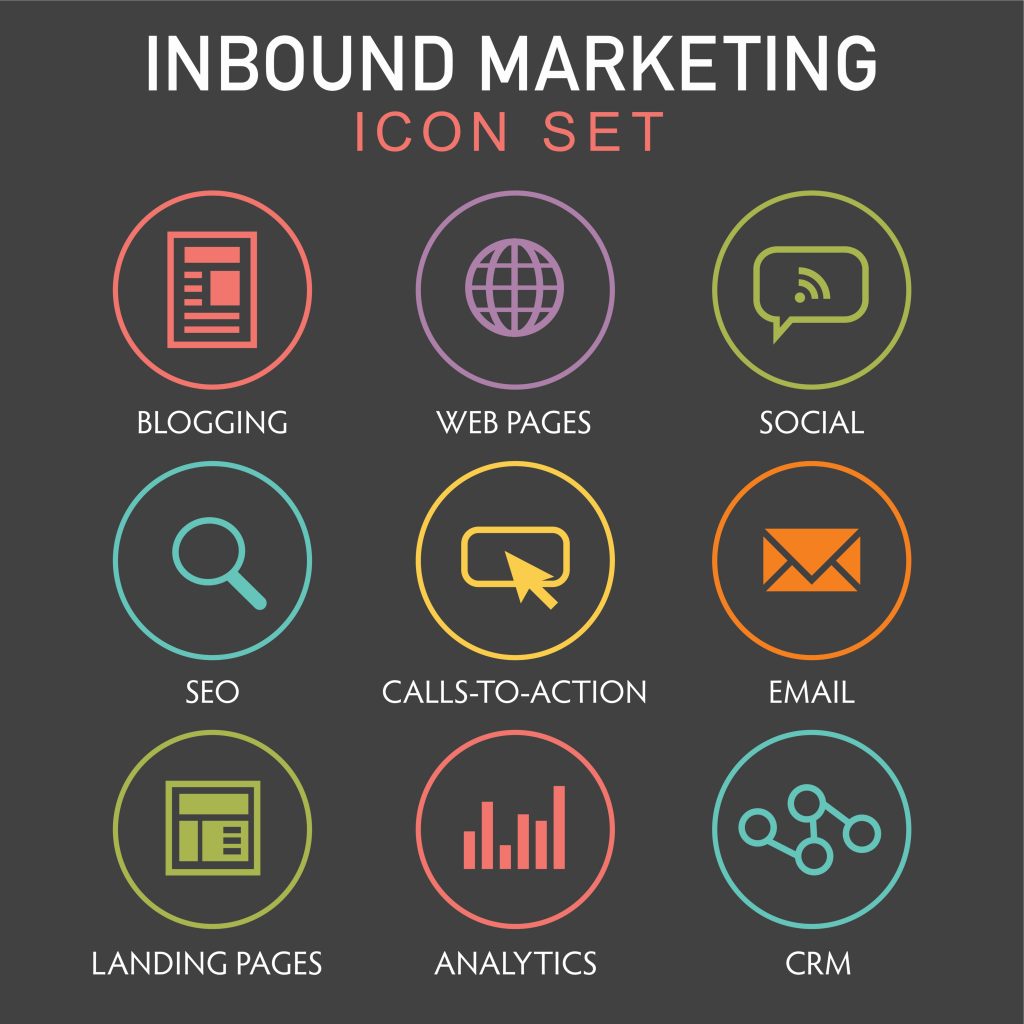
With how fast-paced the business industry works, businesses need to develop new and intuitive ways to reach out and attract potential clients and create attention. From there, subsequent engagement can follow, which can result in sales and increased revenue for the business. And for that reason, lead generation has become increasingly important over the years.
What Is Lead Generation?
In simple terms, lead generation can be defined as the process of attracting visitors and converting them into potential customers. Businesses generally invest large amounts of resources toward this essential aspect. In fact, there are plenty of IT companies in Dallas you can reach out to and collaborate with to outsource your company’s lead generation strategies.
To help you better understand how lead generation works, it’d be good to note that there are two main overarching methods: Inbound Marketing and Outbound Marketing.
- Inbound Lead Generation: This refers to any method or process that attracts visitors to your site at their own pace, where they can learn more about the product or service you’re offering. It is considered the more passive method of the two methods, as it allows the client a certain level of control over the interaction.
- Outbound Lead Generation: This is when a customer’s content consumption is disrupted by your marketing methods. Regardless of expressed interest, this type of marketing is considered more aggressive.
For a more comprehensive look into the difference between these two strategies and the methods that fall under them, you can visit sites such as https://www.jumpfactor.net/it-lead-generation-ideas.
Using these two umbrella methods as a template, this article will list a few different types of lead generation for your business to incorporate into its strategies.

1. Online Articles
Most business websites in this age feature an article or blog section. As a business owner, you can utilise this to post factual and relevant content and slowly position yourself as an industry leader. More so, publishing quality posts and optimising them according to the best SEO practices can be an effective way to rank high on search engine platforms. This can help boost your business’s visibility, attract clients, and lead generation.
The trick here is to write with your target audience in mind. Know their pain points and how your products or services can help them. You can also reach out to other influential figures in the industry and request their input. The added weight of well-respected individuals endorsing your blog can help grow your audience.
2. Video Marketing
In today’s digital world, one can no longer underestimate the power of media such as videos. Consumers are likely to be drawn to what your business has to offer when they’re engaged. And one way to capture their interest is by creating video content that’s relevant to them.
Interesting how-to videos, product demos, or frequently asked questions videos can go a long way toward increasing engagement. You can publish these on your business’s website or as a social media marketing strategy. And at the end of these videos, use strong Call-To-Action (CTA’s) to move your interaction to the next stage.
3. Interactive Content
A subtle way to encourage engagement with your outbound leads is to push advertising wrapped in interactive content. This content can take the form of questionnaires, surveys, quizzes, and contests.
4. Pay Per Click
Pay Per Click (PPC) is a marketing strategy in which an advertiser will pay a fee each time one of their ads is clicked on a website. Essentially, it is a way of buying visits to your site.
It is also possible to bid for ad placement in search engine advertising. This is where you can bid for certain keywords and for your site or ad to appear on the top of the search list when those keywords are used.
5. Content Syndication
Content syndication is where you distribute your content to multiple sites to increase your target audience and extend your reach to affiliate audiences. By penetrating new audiences, you can potentially increase traffic to your site.
The benefits of content syndication include a boost in content Return On Investment (ROI), enhanced brand awareness, and increased content credibility by affiliation.
It can also be considered a merger between inbound and outbound generation. For example, creating blogs and social media posts and then sending this content out by outbound methods, such as cold emailing. The most used content types in content syndication are articles, infographics, whitepapers, and presentations
6. Optimise For Mobile
You would be amazed at the number of businesses that still aren’t optimising their websites so that they can be viewed via mobile phones or other gadgets. This is especially since most consumers today use smartphones when browsing the internet, scrolling through their social media pages, and even when making purchases. Note that the inconvenience of changing settings to accommodate desktop websites usually puts off potential customers.
Business websites need to be user-friendly and easy to navigate. All the plugins and functionality present on a desktop site should be available on the mobile version as well. And with that, mobile optimisation can help reduce waiting time, heightens loyalty, and increases traffic, which plays a part in inbound and outbound lead generation.
Conclusion
A comprehensive lead generation strategy will incorporate both inbound and outbound methods to get the maximum benefit out of them. And while not exhaustive, the above list can be a start in leading you in the right direction towards developing a comprehensive lead generation strategy.
As always, pair your strategies with market research and insights to ensure whatever marketing strategy you come up with reaches your target audience.
